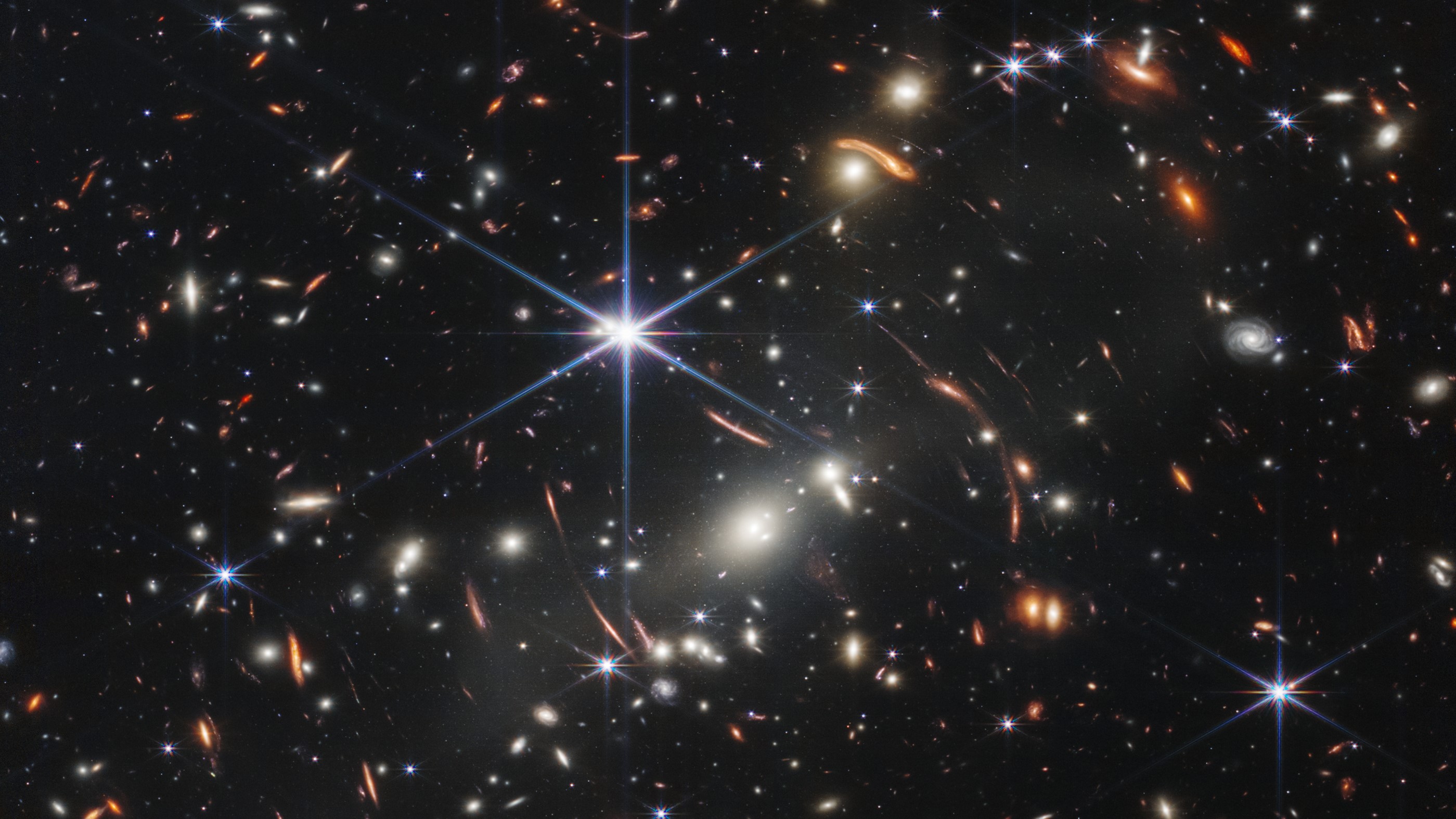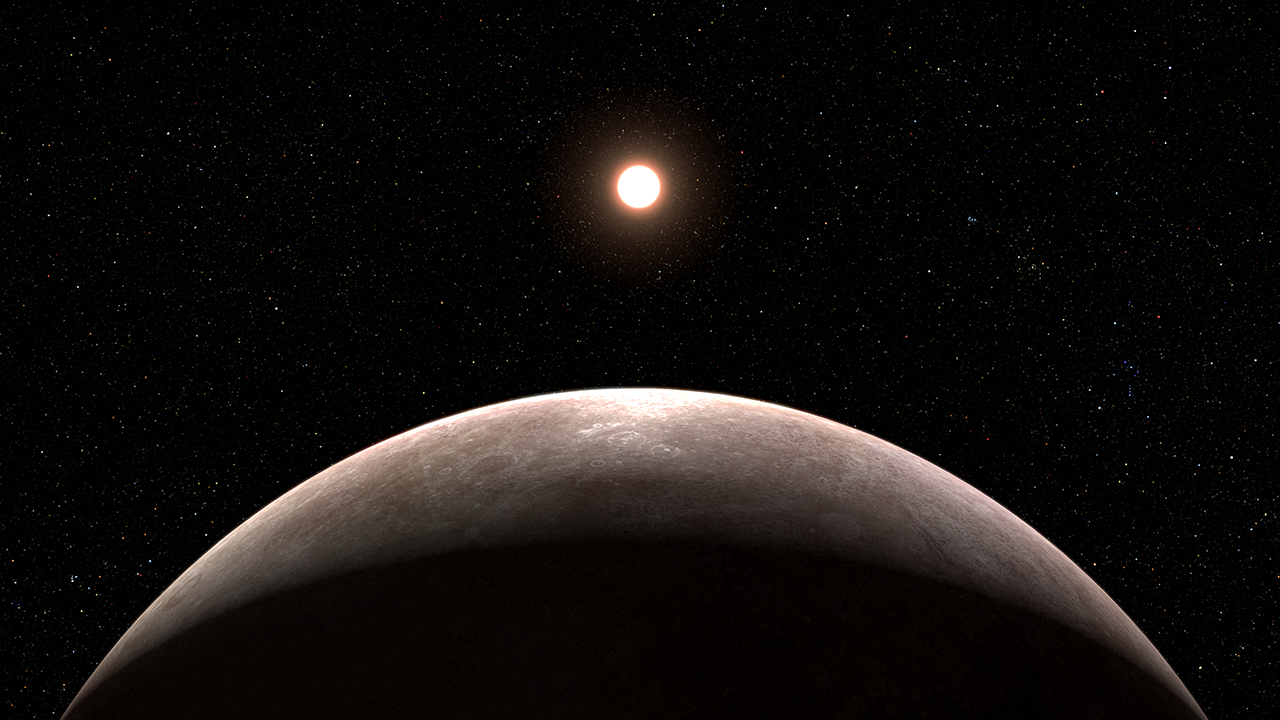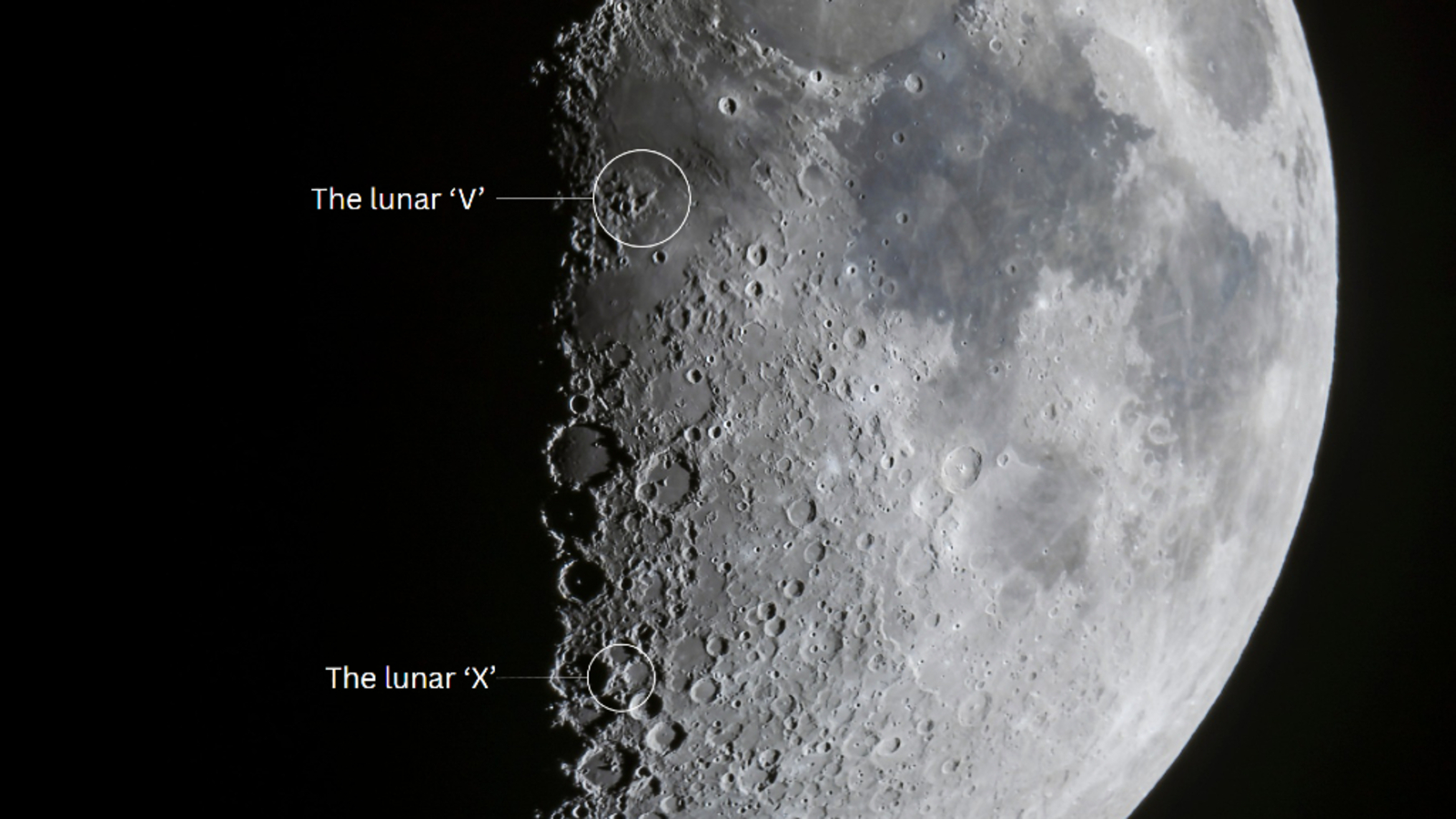American Astronomical Society Meetings: Latest discoveries and science
Join our Space Forums to keep talking space on the latest missions, night sky and more! And if you have a news tip, correction or comment, let us know at: community@space.com.
Latest about american astronomical society

Astronomers weighed our Milky Way, and it's lighter than expected
By Briley Lewis published
Fast radio bursts are still a mystery, but new observations of this strange phenomenon may actually help astronomers learn more about our own galactic neighborhood.
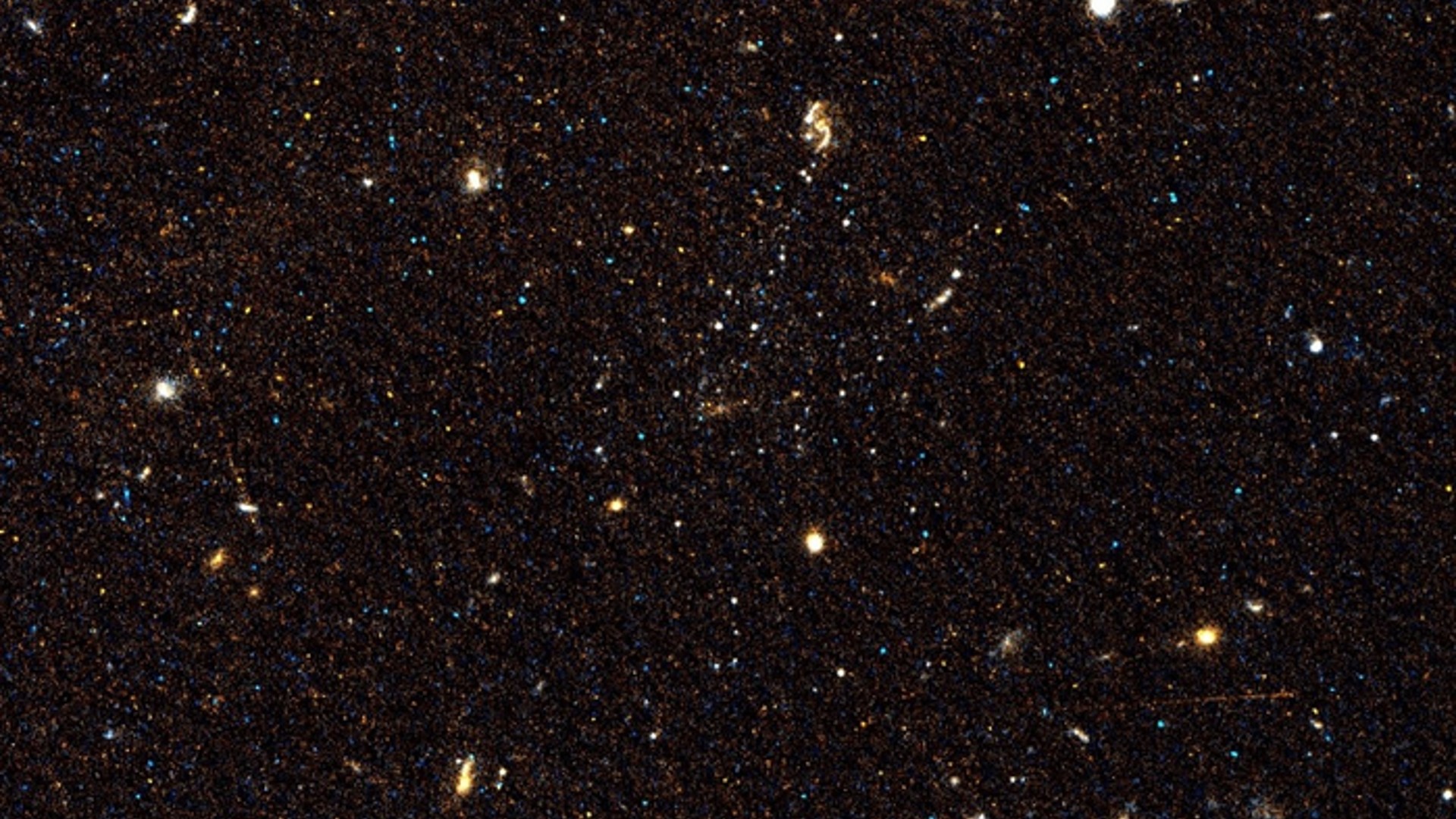
Newfound ultra-faint dwarf galaxies are 'pristine fossils of the early universe'
By Robert Lea published
Three newly discovered ultra-faint dwarf galaxies could offer clues to the conditions in the early universe and to the nature of dark matter.
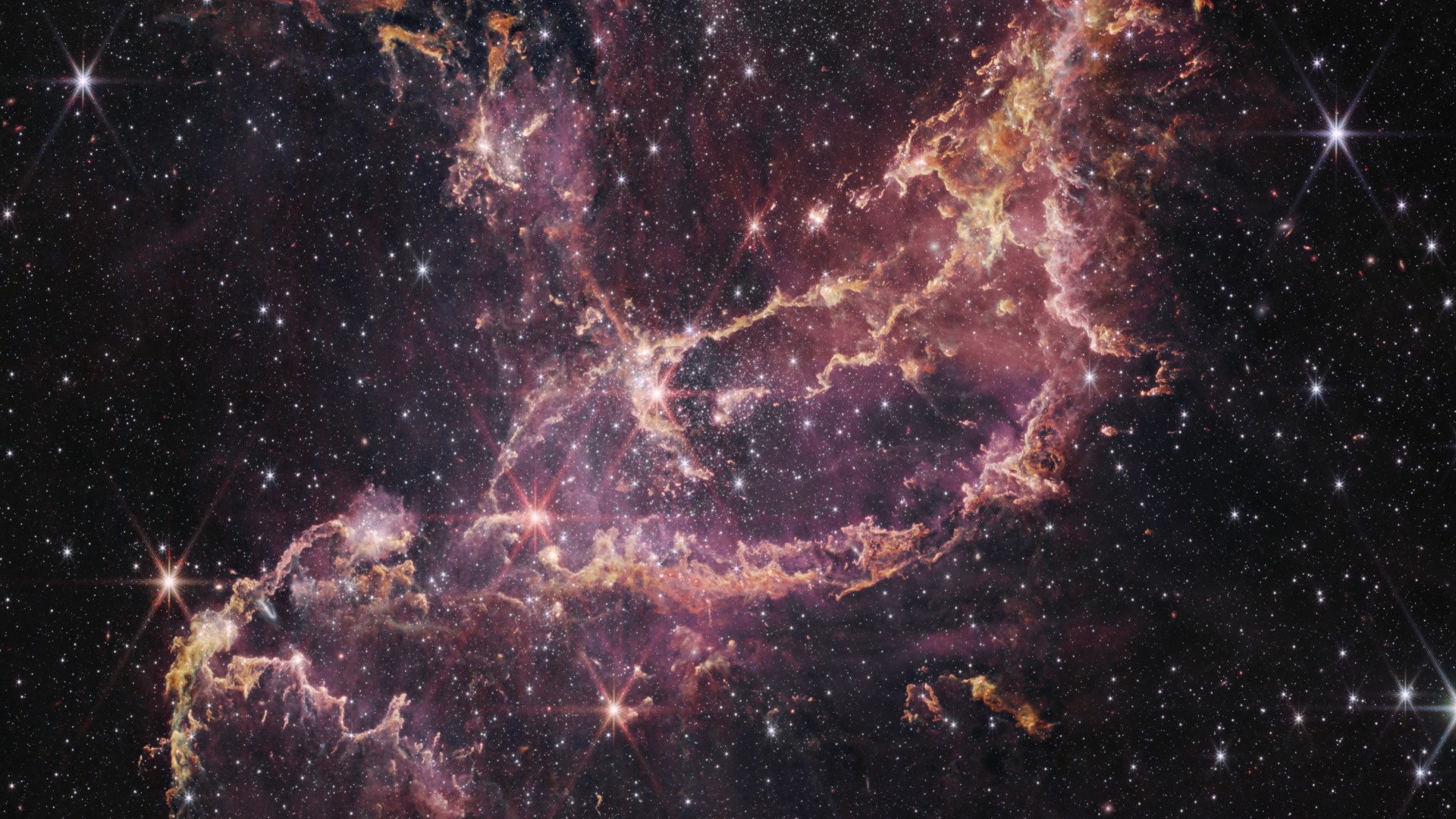
James Webb Space Telescope uncovers starbirth clues at 'cosmic noon' for 33,000 young stars
By Sharmila Kuthunur published
The latest image clicked by James Webb Space Telescope sheds light on how early stars formed during cosmic noon — more than 10 billion years ago.
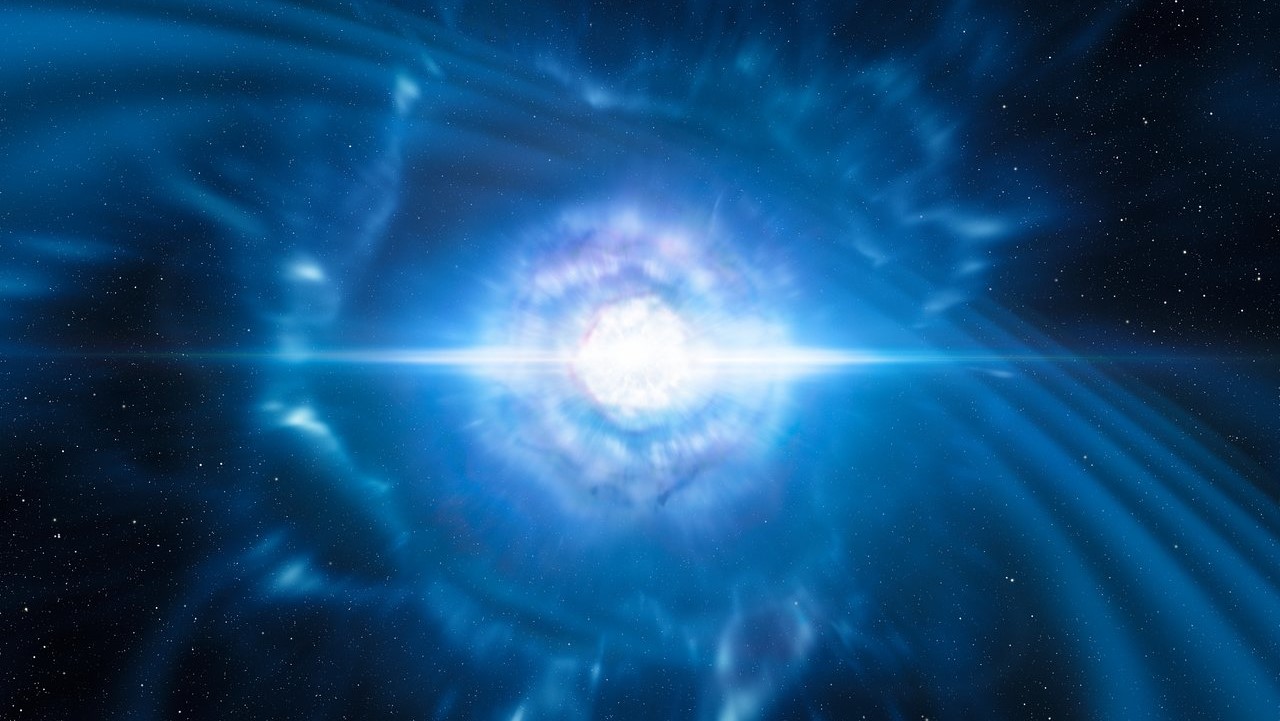
'Impossible' neutron stars could explain strange flashes
By Keith Cooper published
Neutron-star mergers could create hypermassive neutron stars that are the fastest spinning stars in the universe.
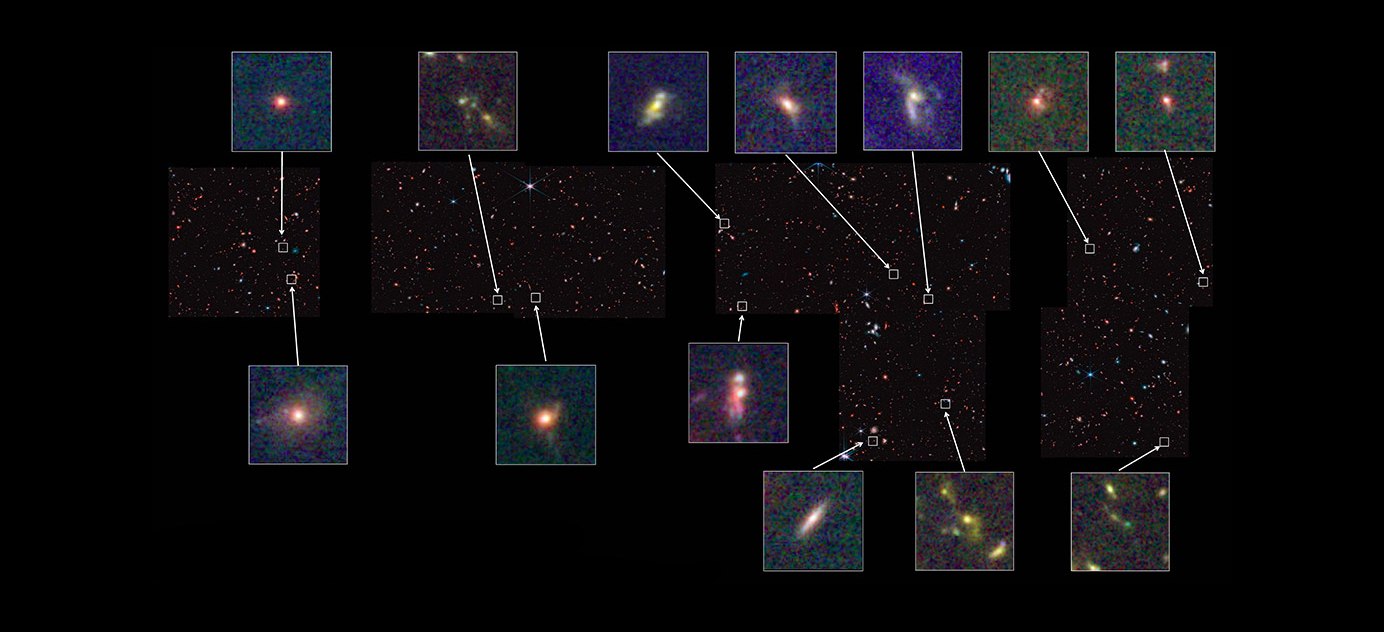
Galaxies in early universe were surprisingly diverse, James Webb Space Telescope finds
By Andrew Jones published
Galaxies in the early universe were much more varied and mature than previously thought, according to observations made by NASA's James Webb Space Telescope.
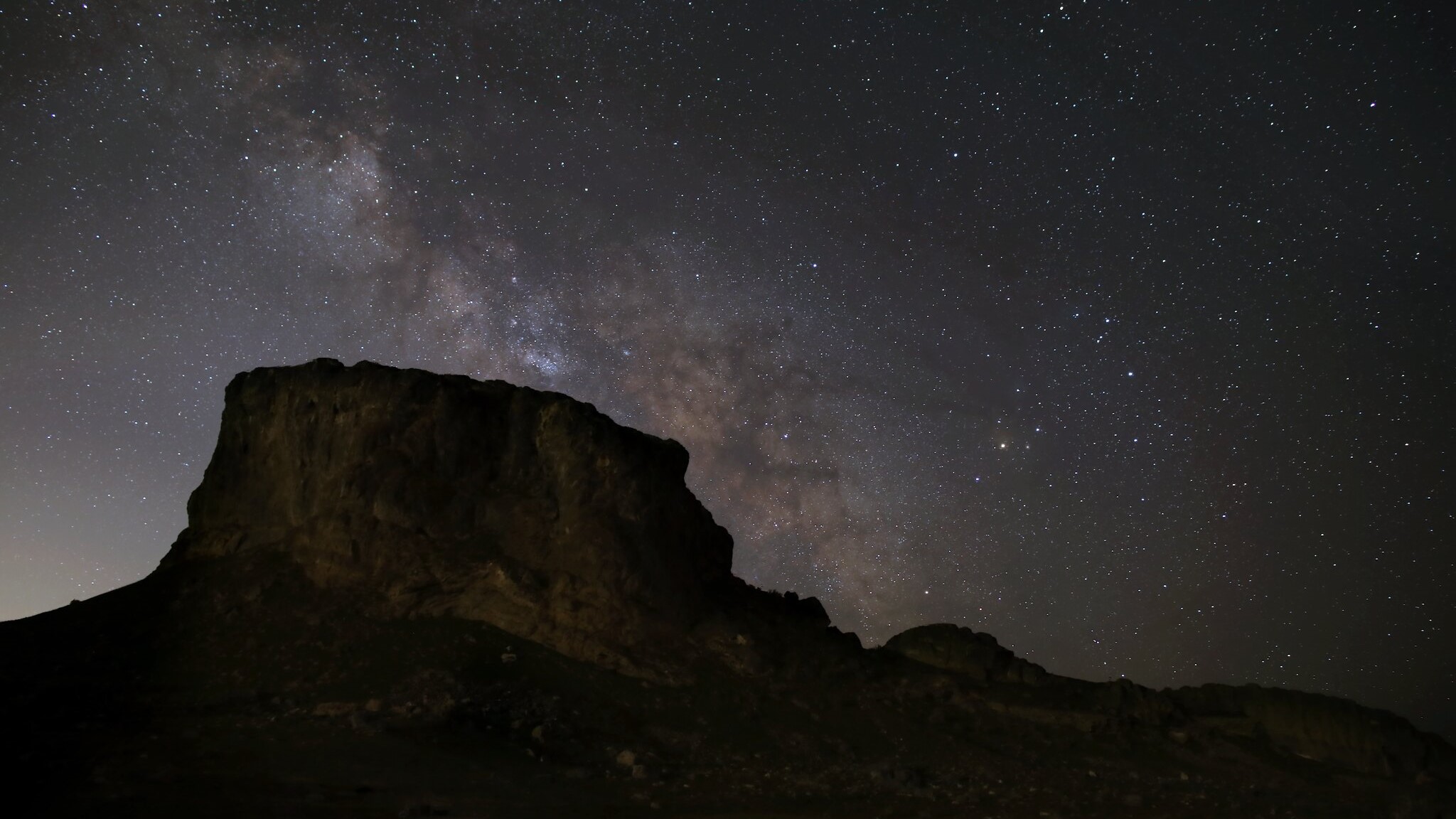
NASA needs your help finding alien worlds
By Samantha Mathewson published
You can help NASA discover new planets using your personal telescope or even just your smartphone.
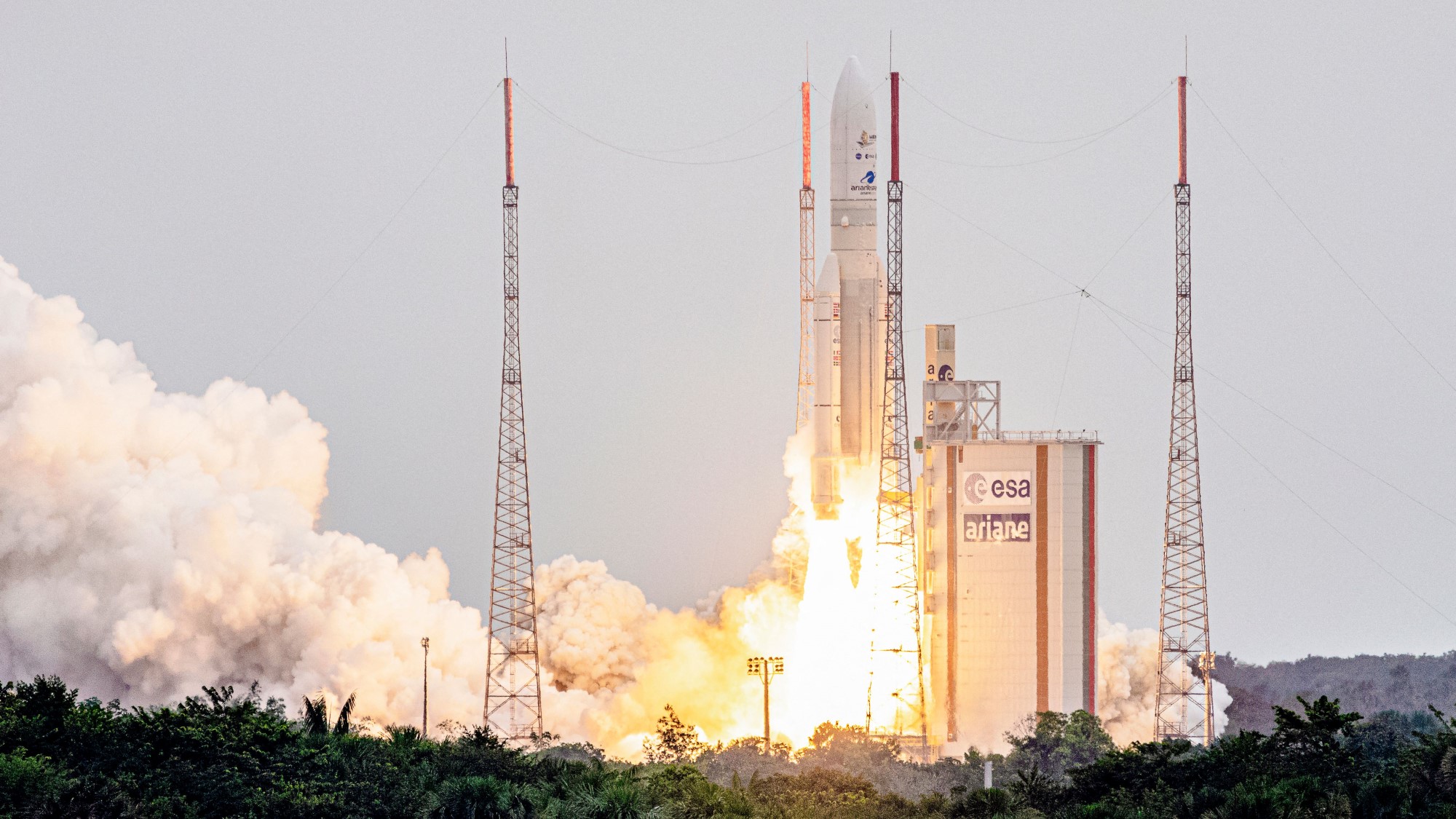
After the James Webb Space Telescope, what's the next big thing for astronomers?
By Briley Lewis published
With the James Webb Space Telescope safely at work, a leading scientist offers glimpses of what could come next.

NASA starts designing futuristic space telescope to hunt for alien Earths
By Meghan Bartels published
NASA's latest flagship telescope is still in its first year of science, but the agency isn't only hard at work building its successor — it's starting to plan that next mission's successor as well.
Breaking space news, the latest updates on rocket launches, skywatching events and more!
